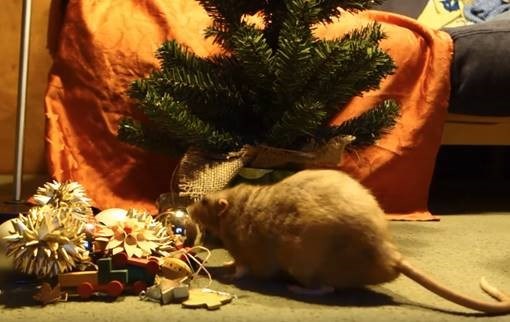Some pests like rats and mice are in fact more active in the winter as they search for somewhere to stay - indoors. Rats and mice aren’t hibernators, so they must continuously feed throughout the wintertime. Rodents have petite bladders so they have to urinate and defecate constantly, leaving a trail of disease, pathogens and contaminants. Rodents also can physically damage your property as they chew on materials and electrical wiring. There are some obvious signs of rodents that can help you identify their presence. Gnaw marks on wiring, containers and insulation are signs of rat and mouse activity, because rodents’ need to keep their teeth to proper size. Rodents produce somewhere around 100 feces pellet droppings per day. Rodents have prominent muscle memory and once they’ve found a safe path, they’ll never forget it. Because they travel the same path often they leave grease marks on walls and baseboards. Rats and mice are most active after dark so if you see rodents during the day this usually indicates a larger infestation as the younger rodents are trying to avoid the older bigger ones. If a rodent feels safe and sheltered, it will start reproducing. Mice can produce eight litters and rats produce about six litters a year. And the scary thing is some rodents are able to reproduce after only a month of begin born. Quick tips: seal the exterior of buildings, remove clutter, store food products securely and eliminate standing water.
Go Green Pest Control owner Randy Bilesky is a long-time South Delta resident. Trained and certified, Bilesky has first-hand knowledge of the pest problems that local homeowners and business owners encounter.



